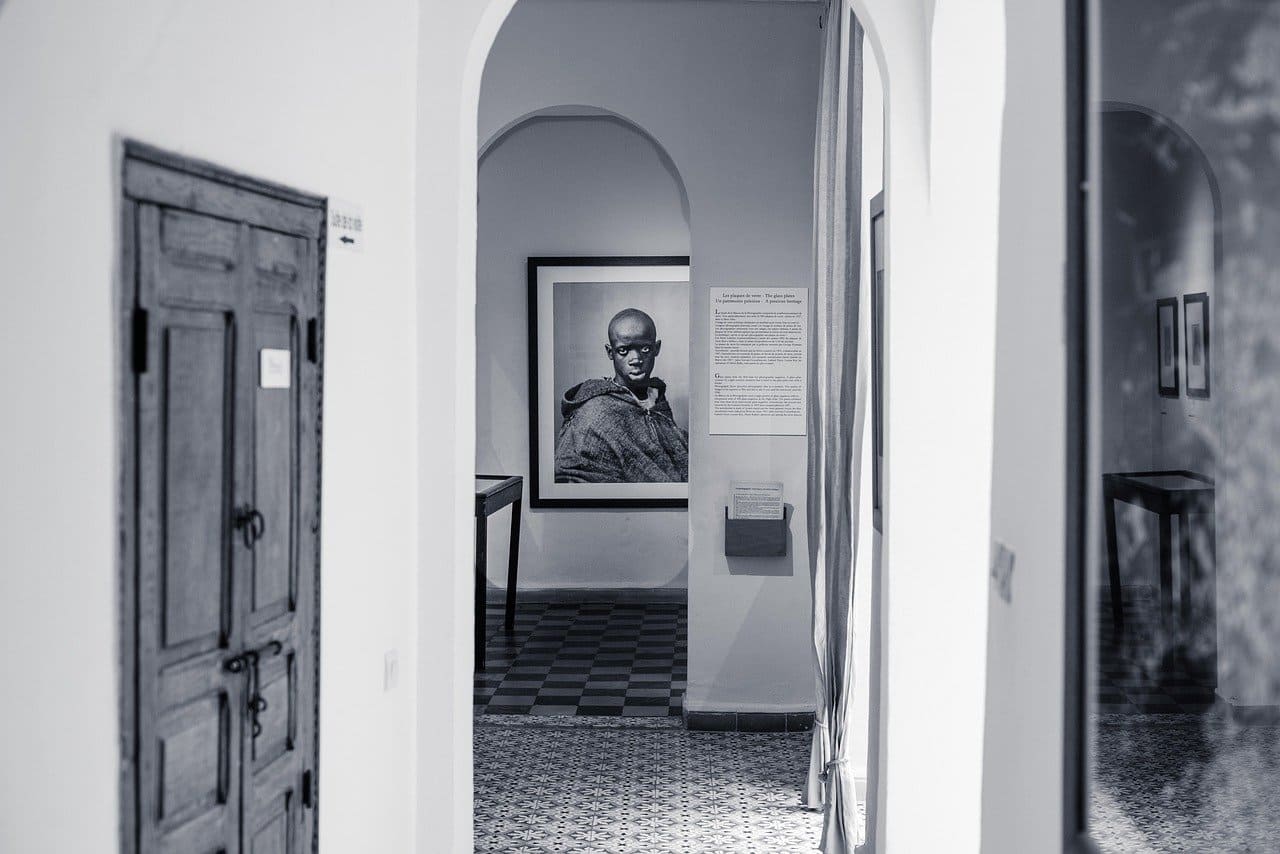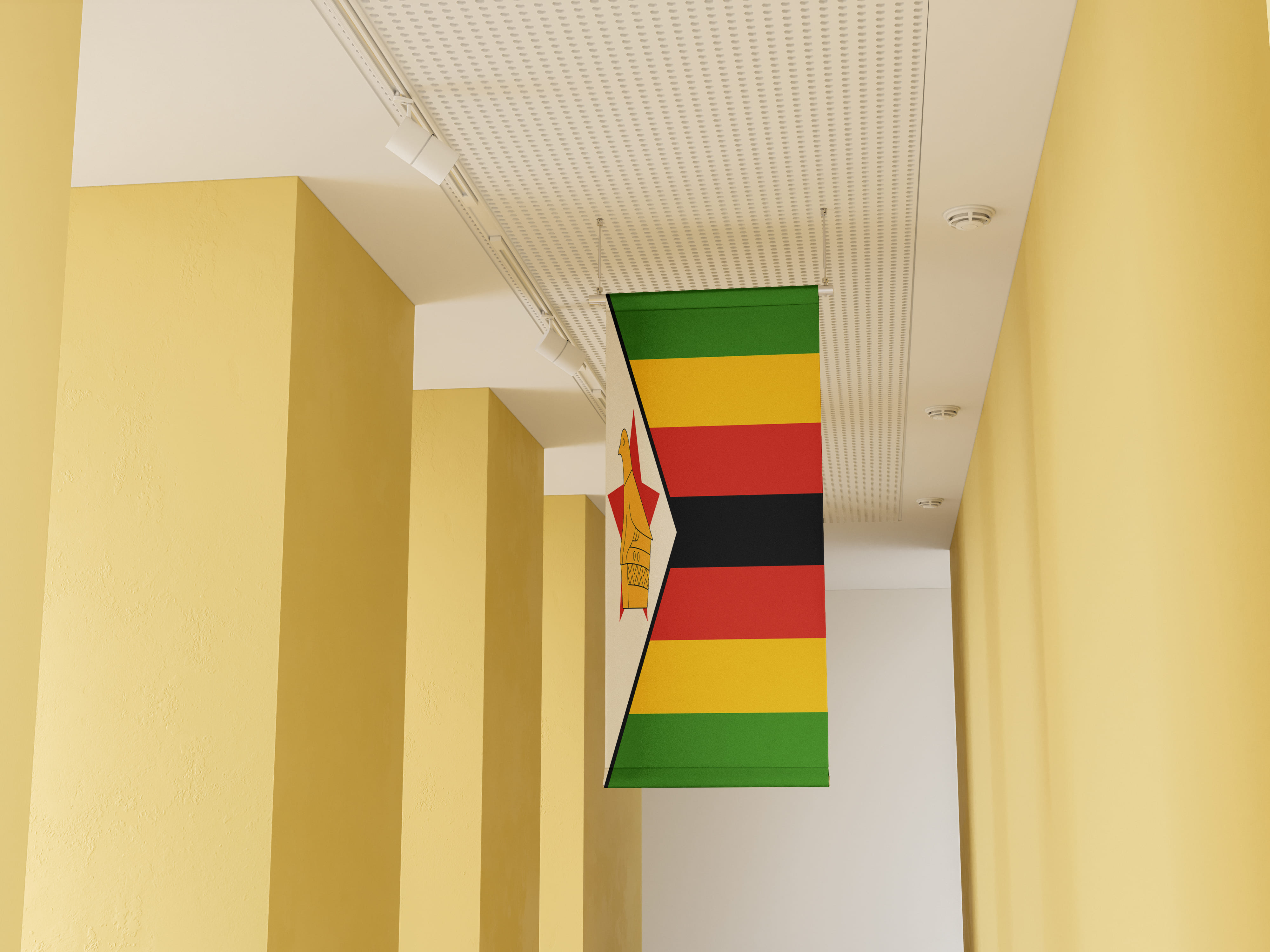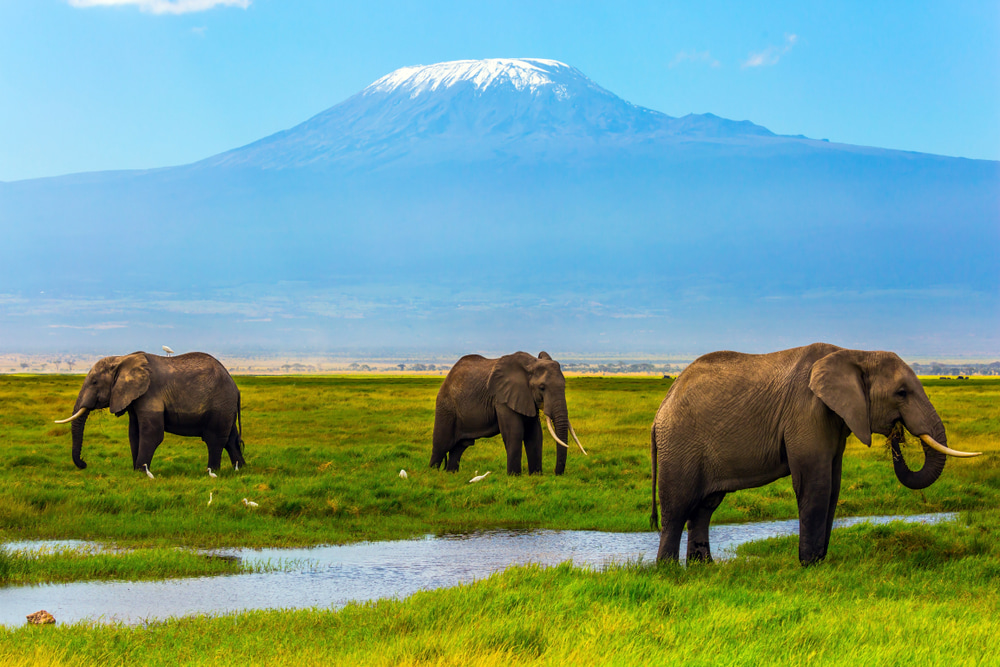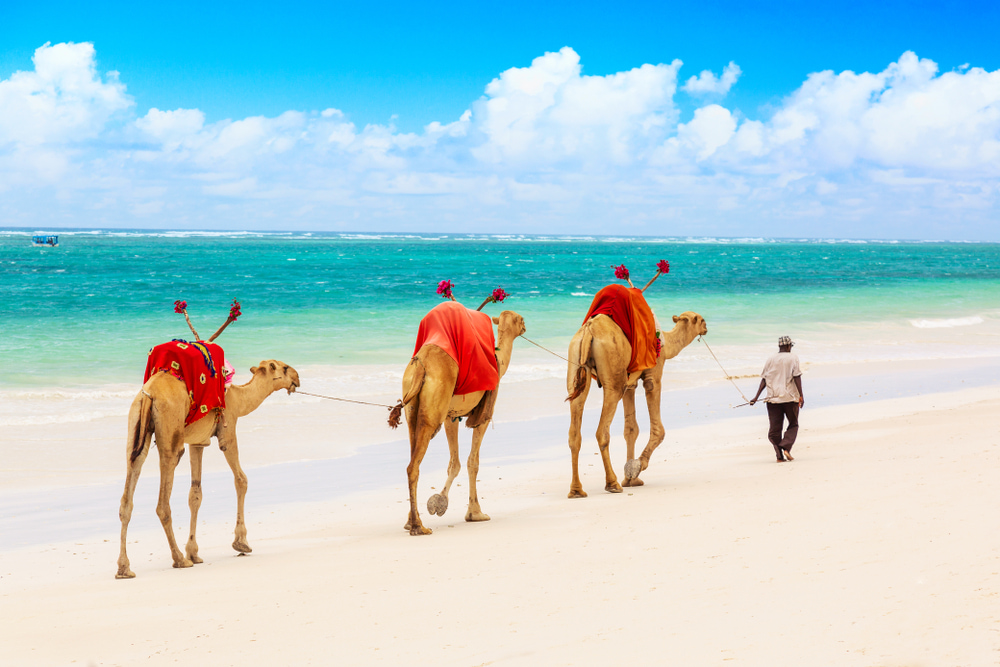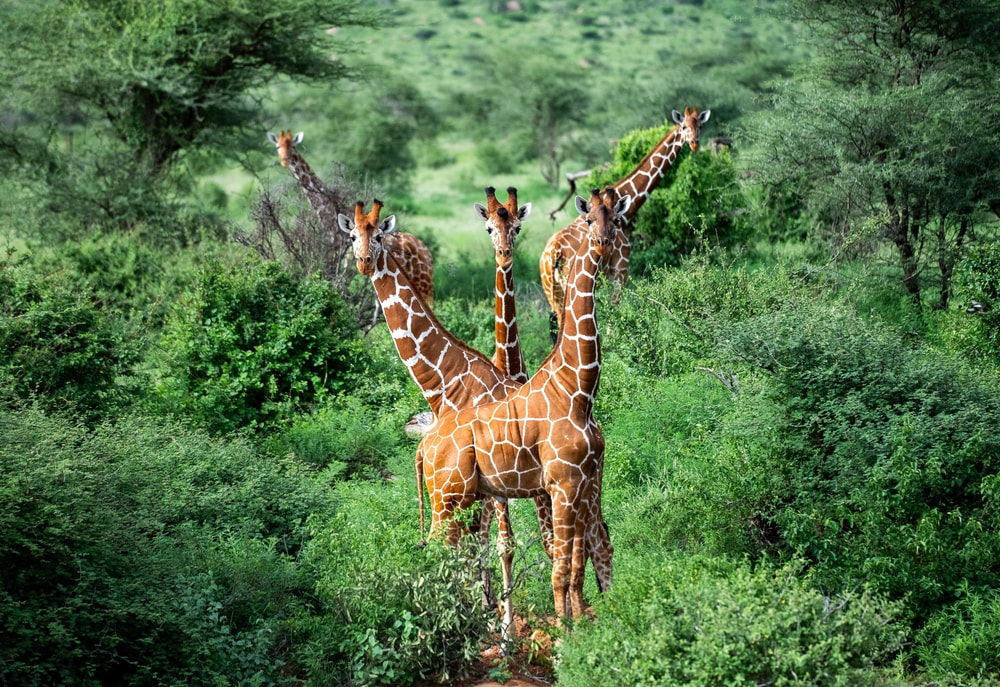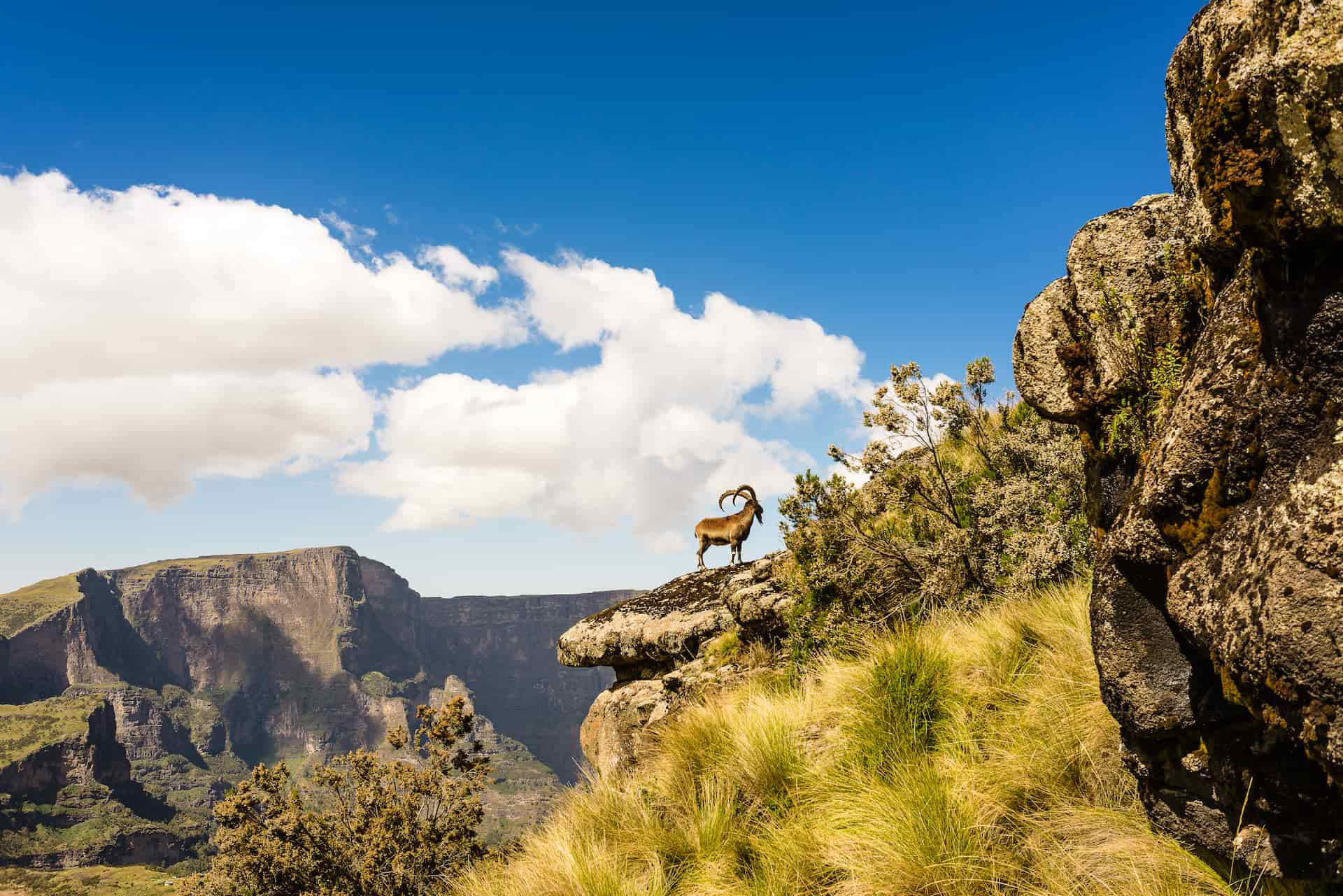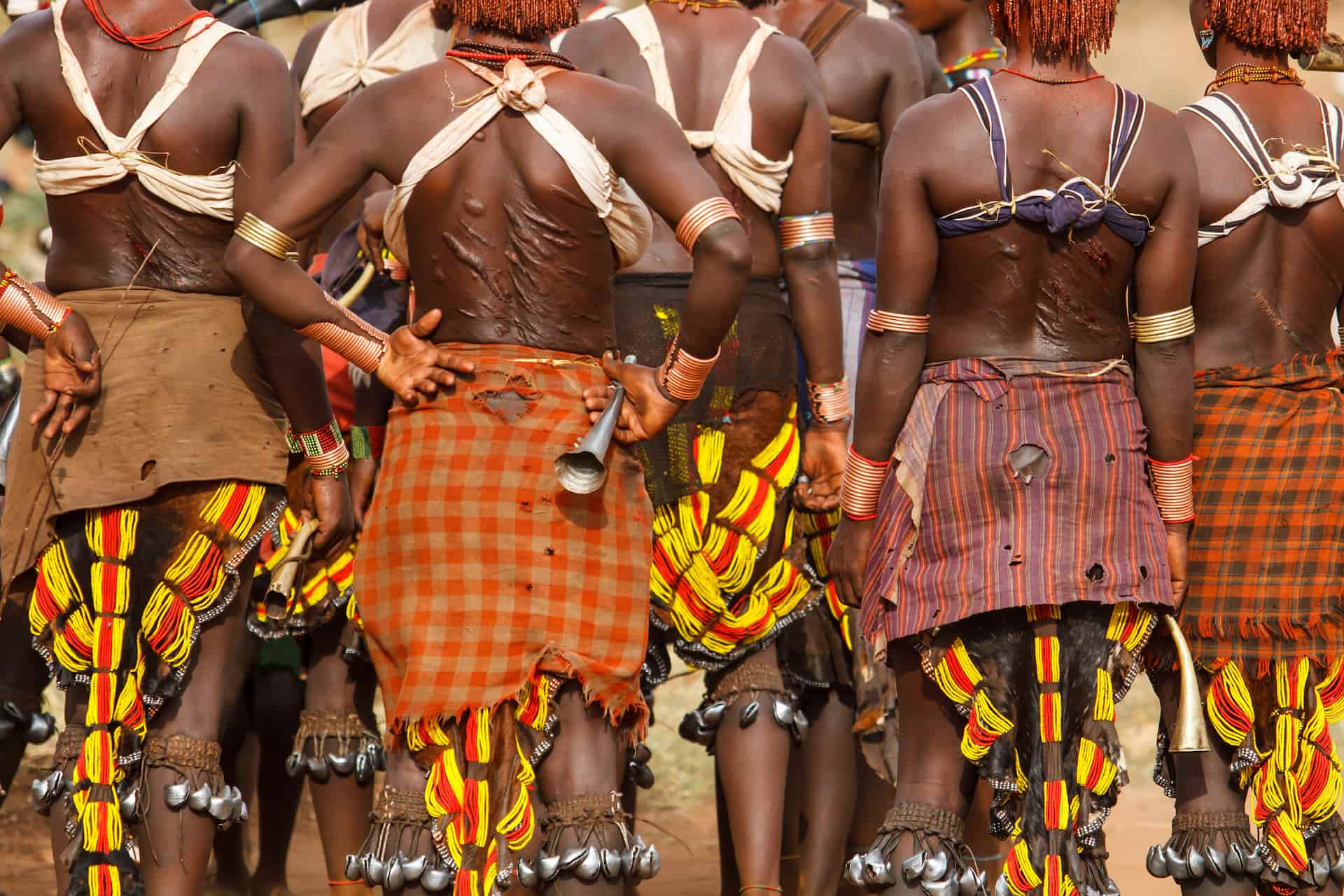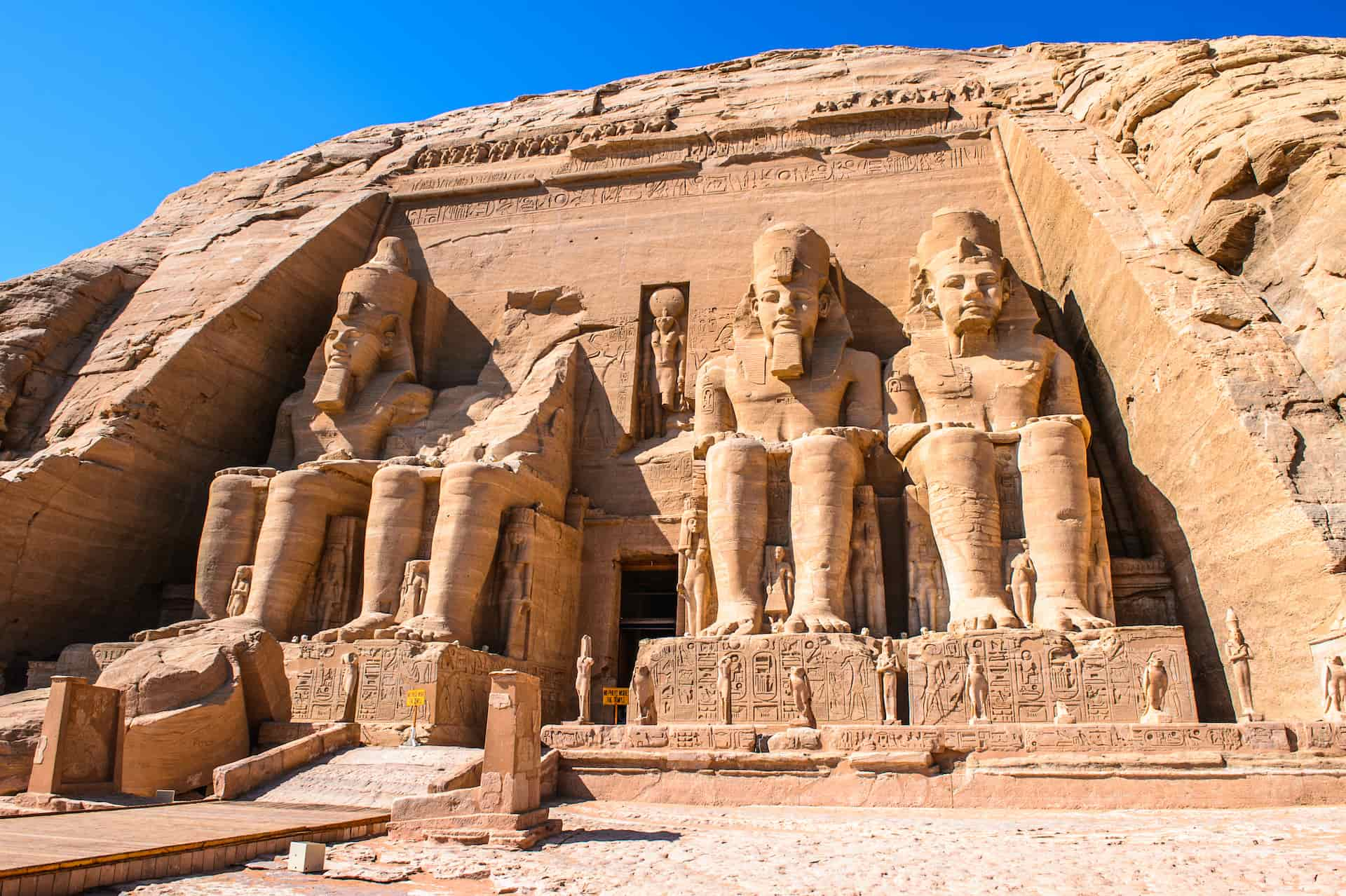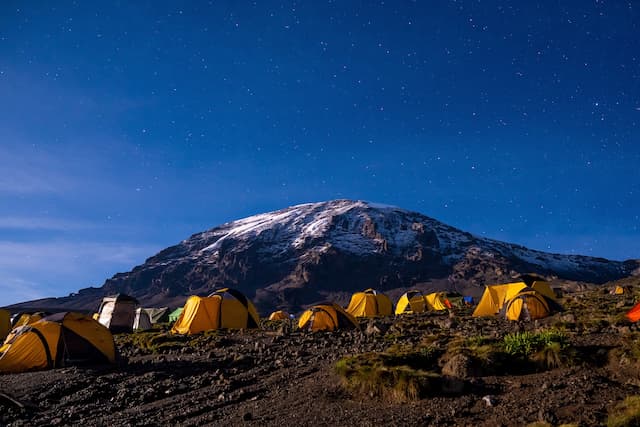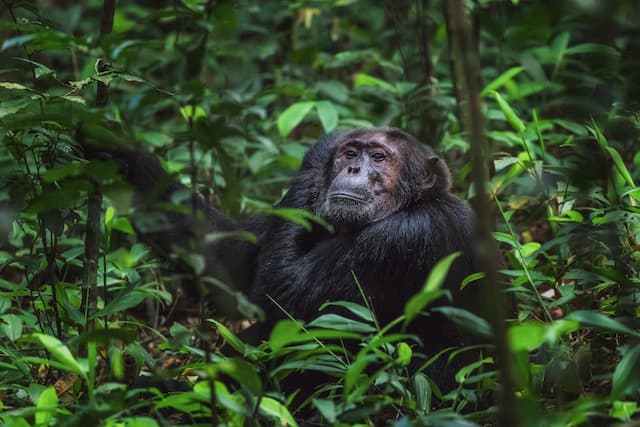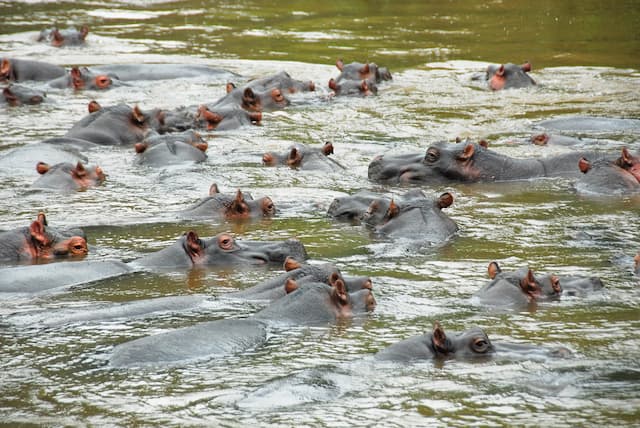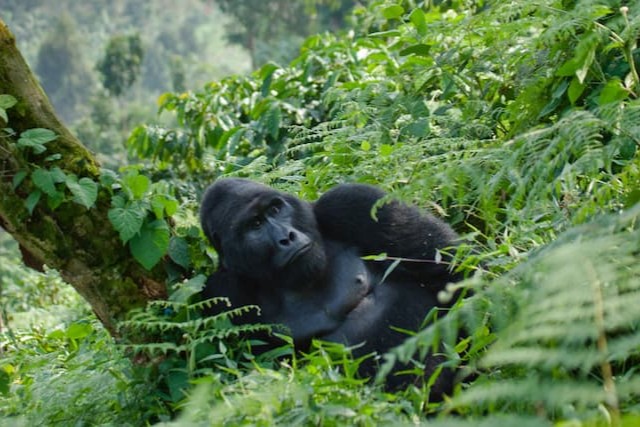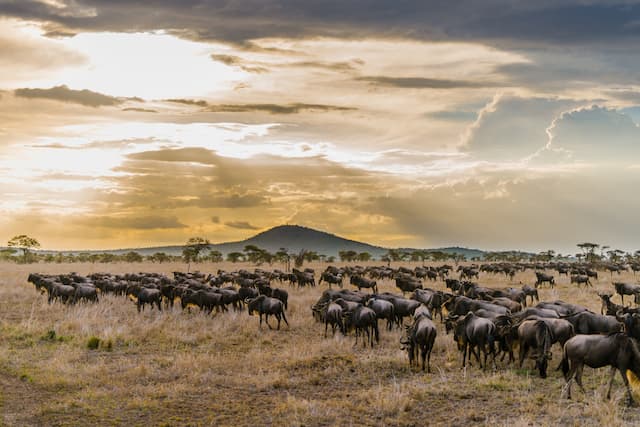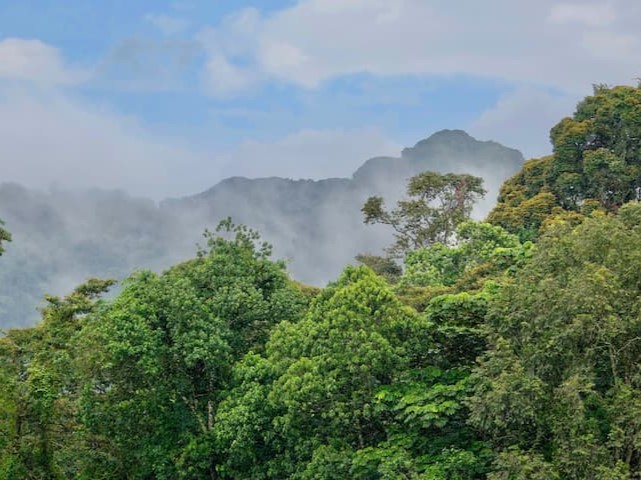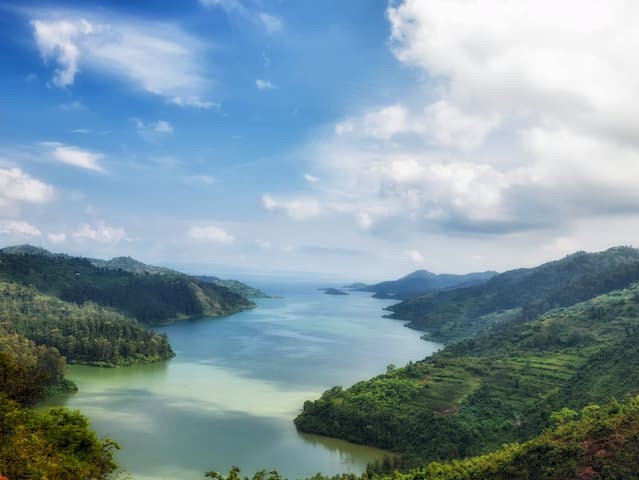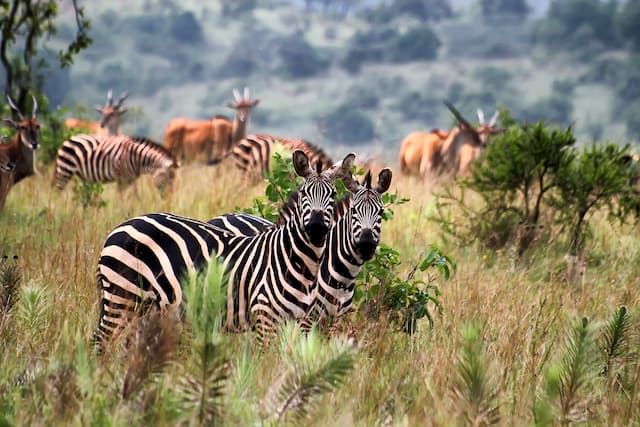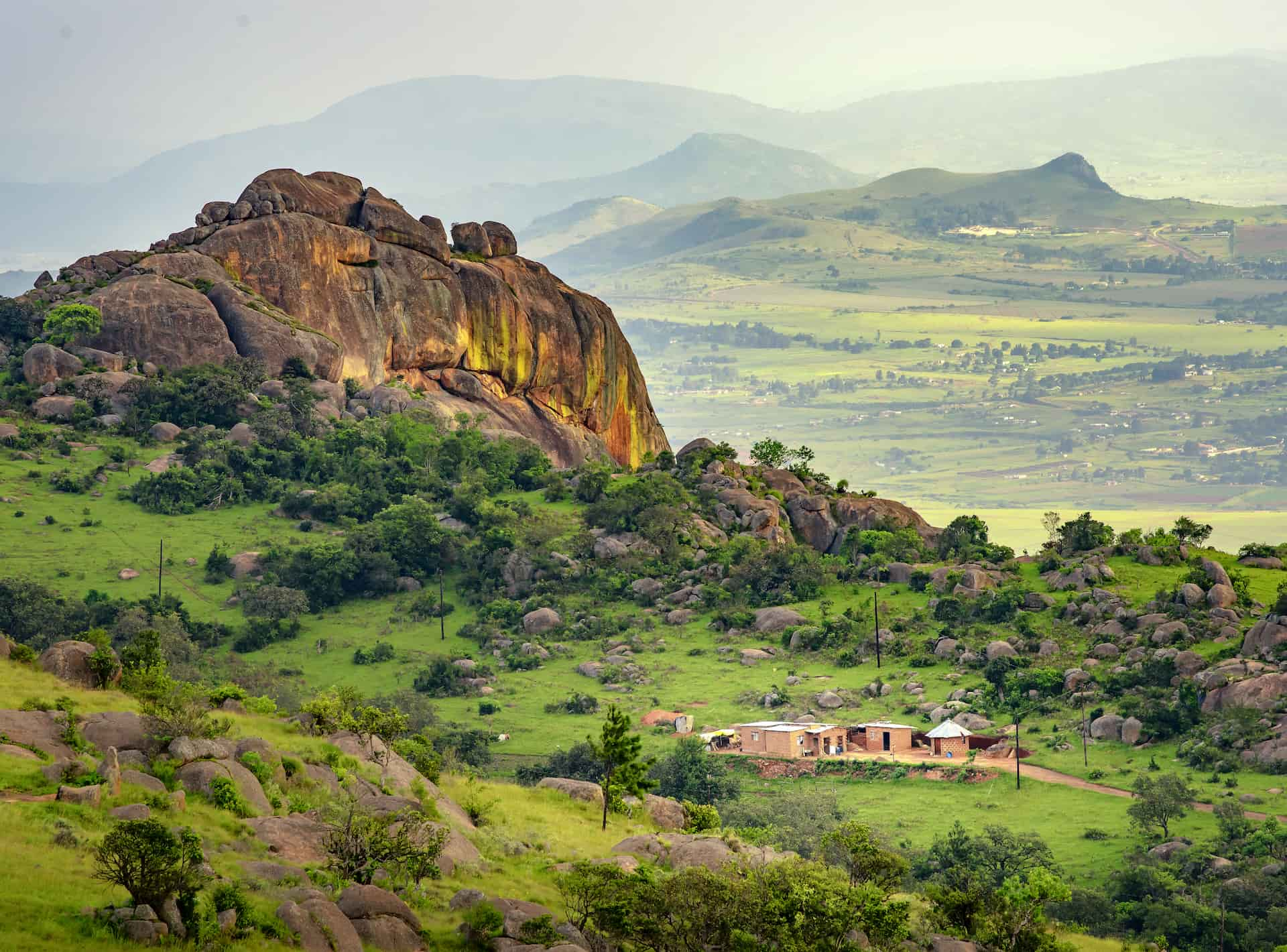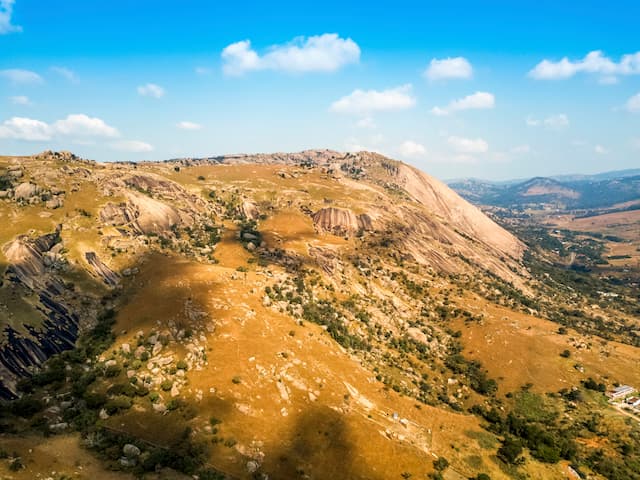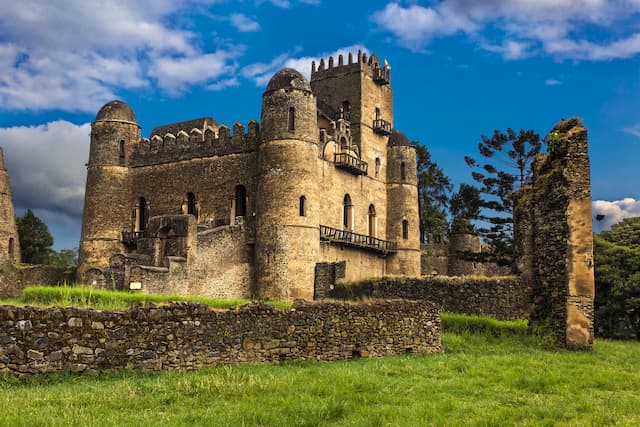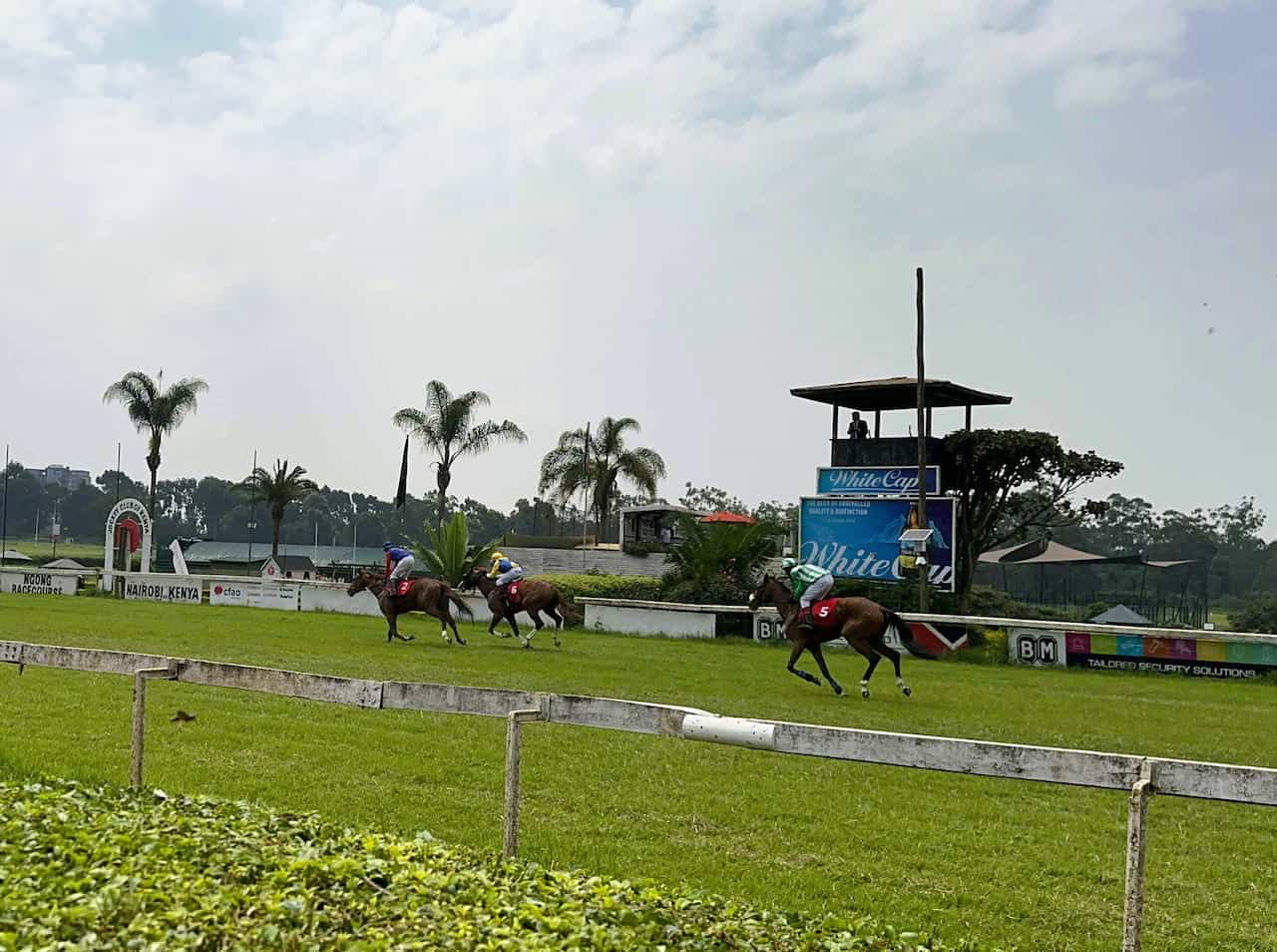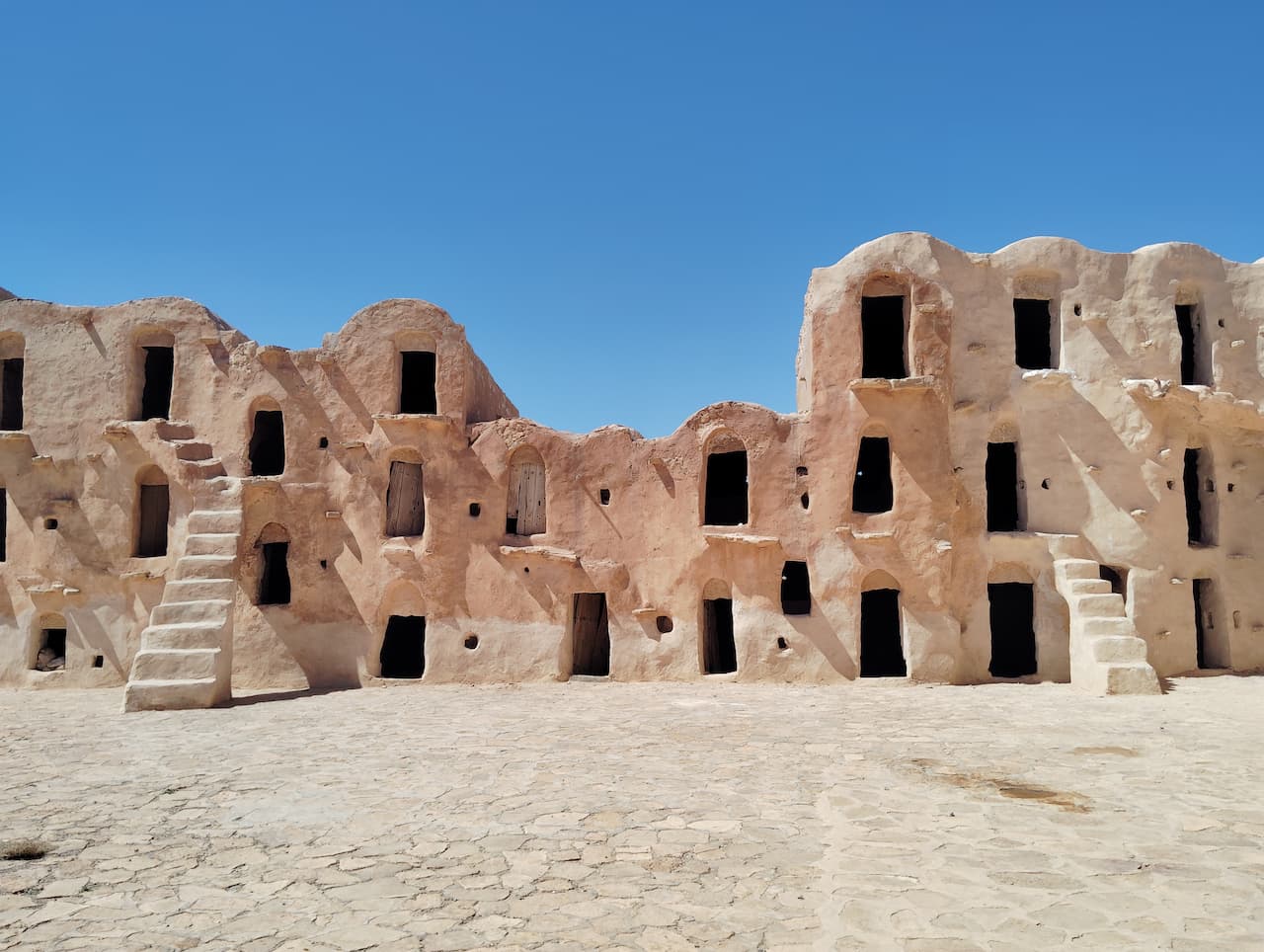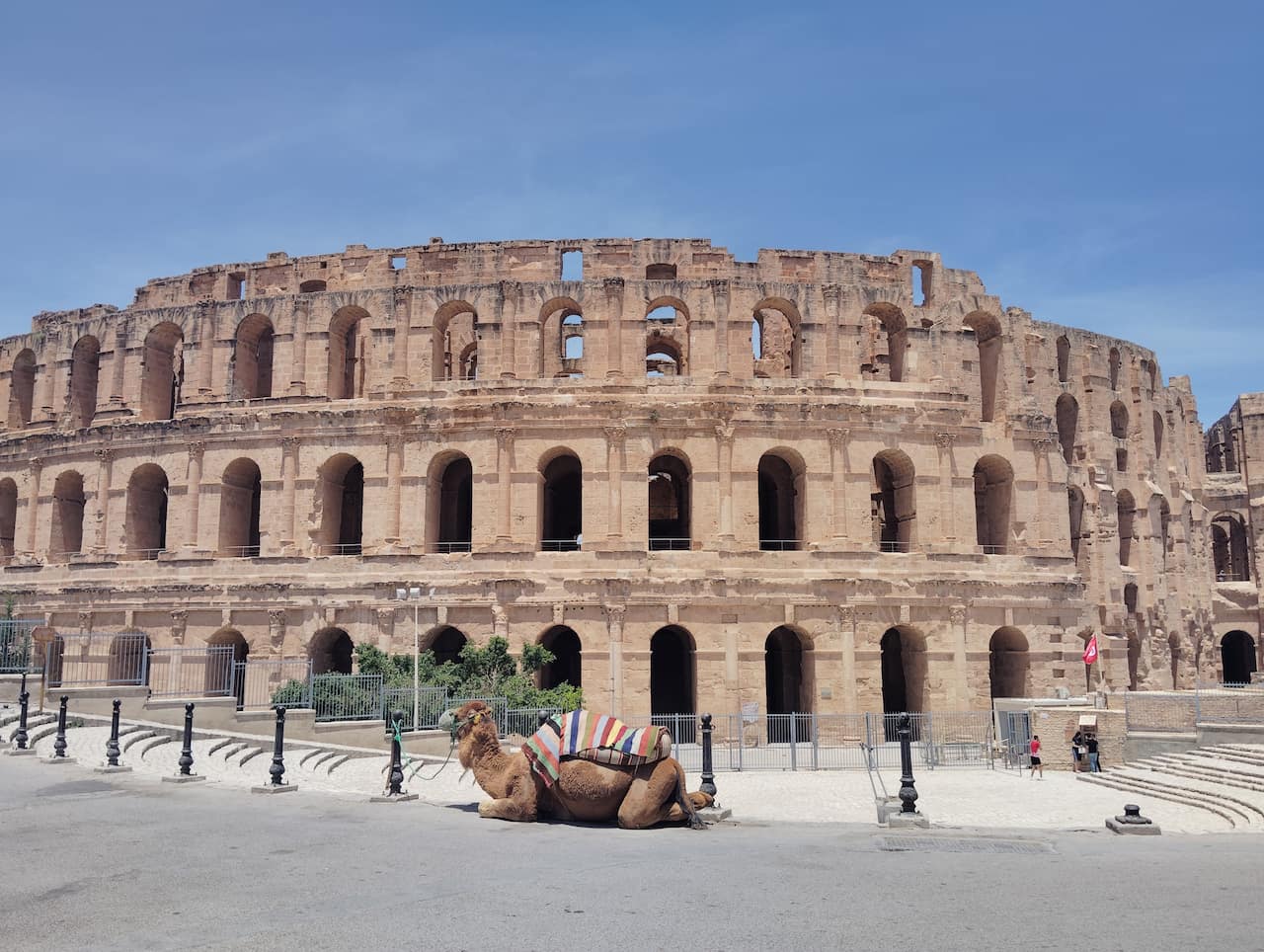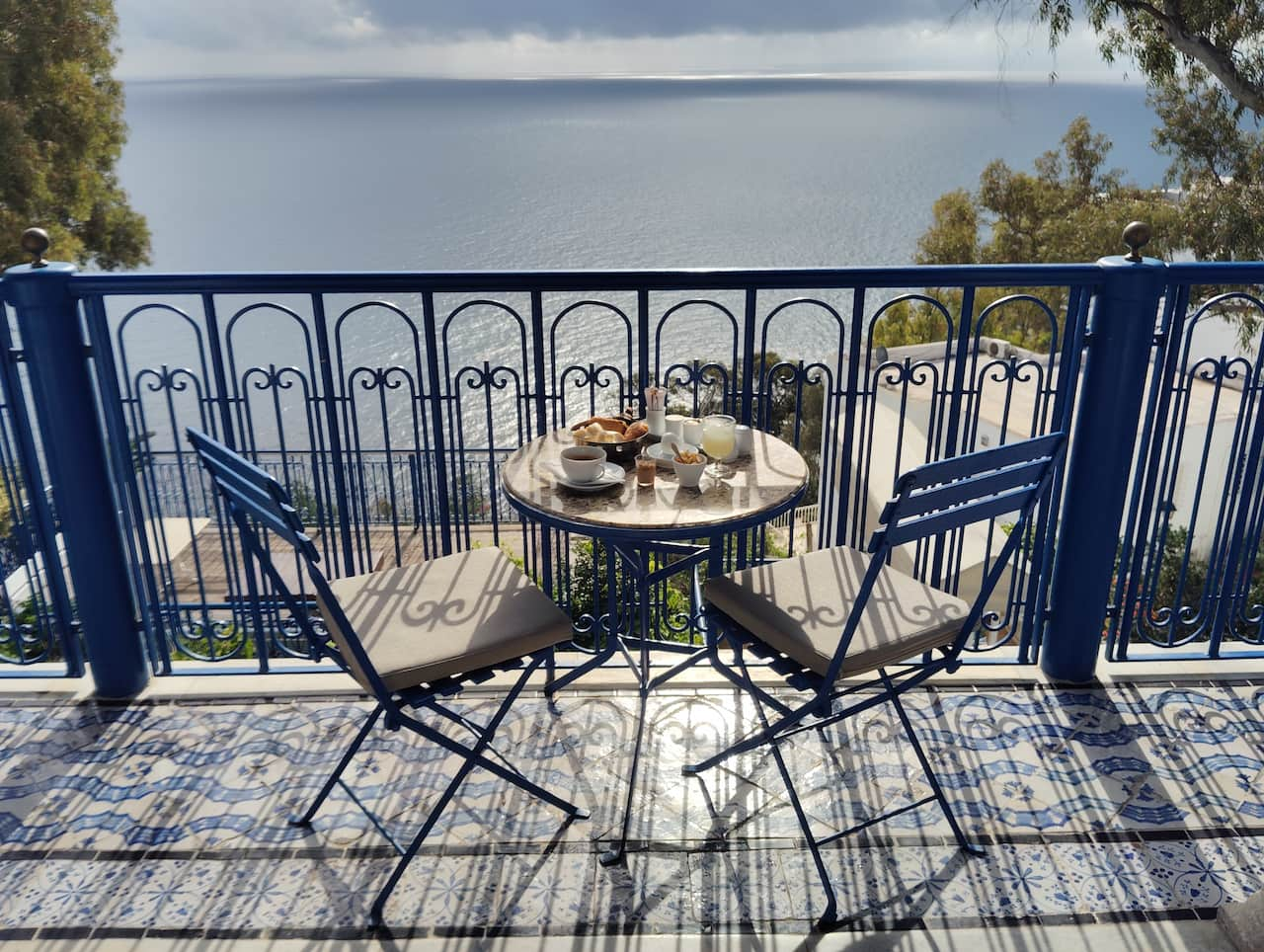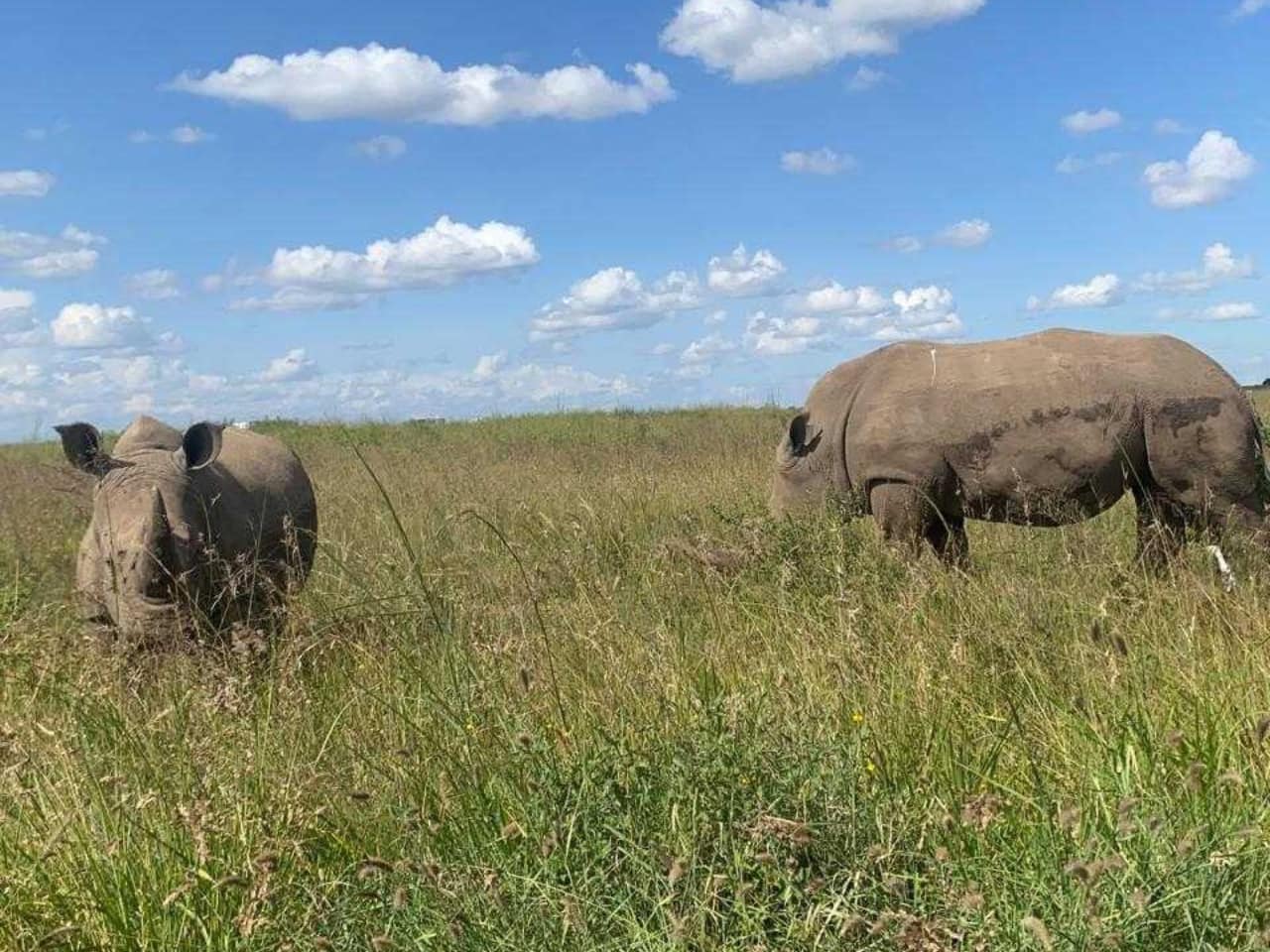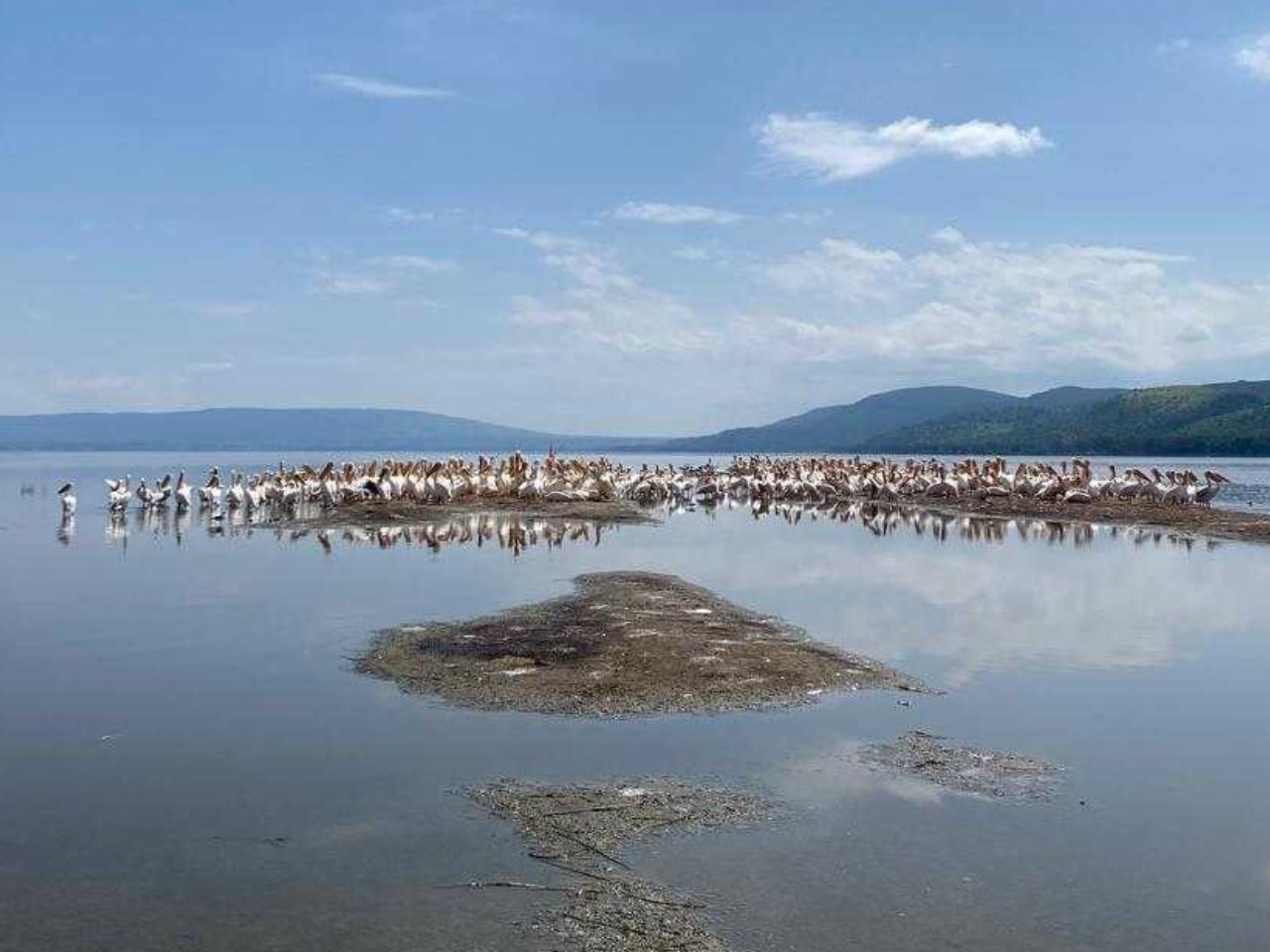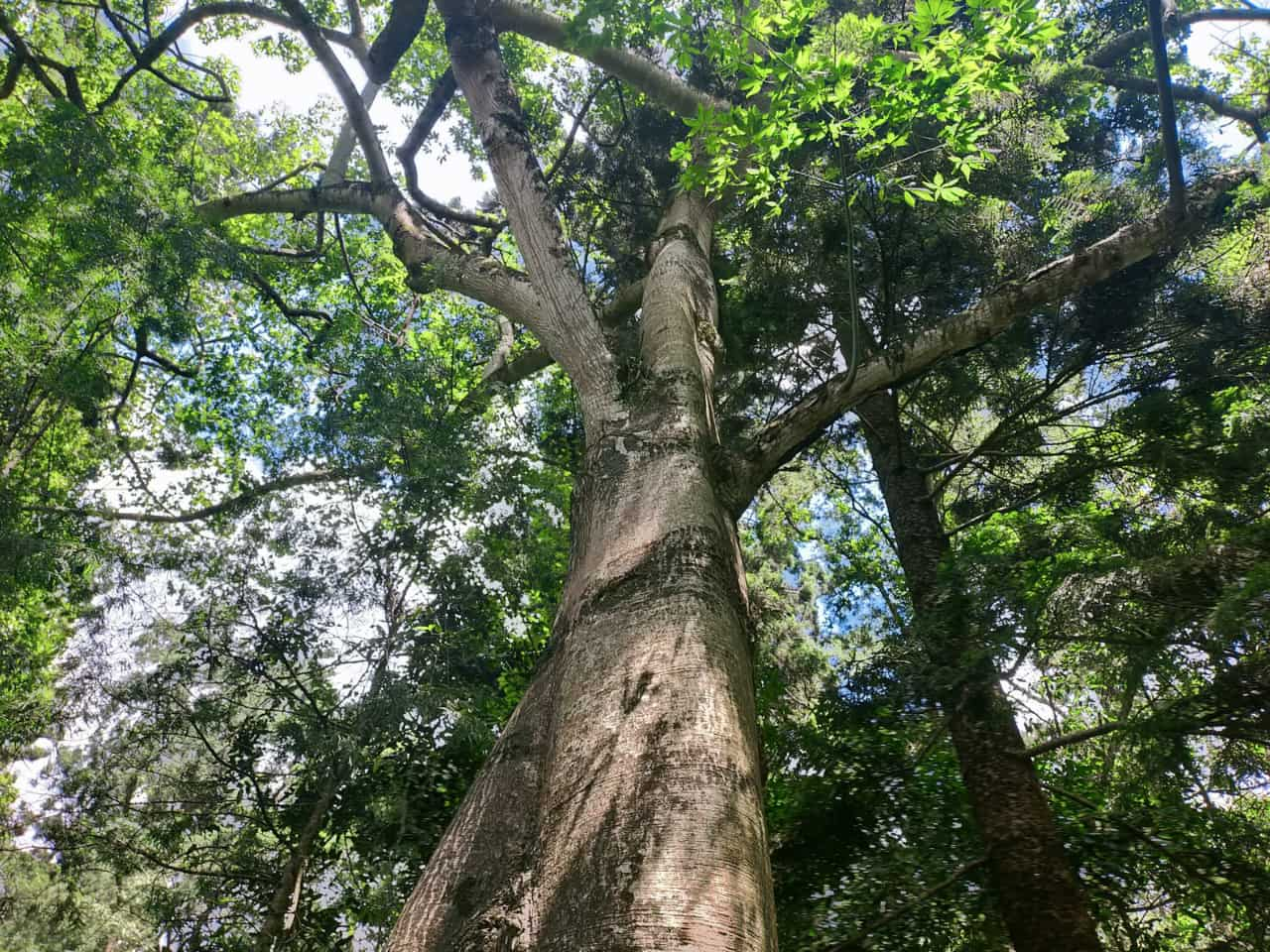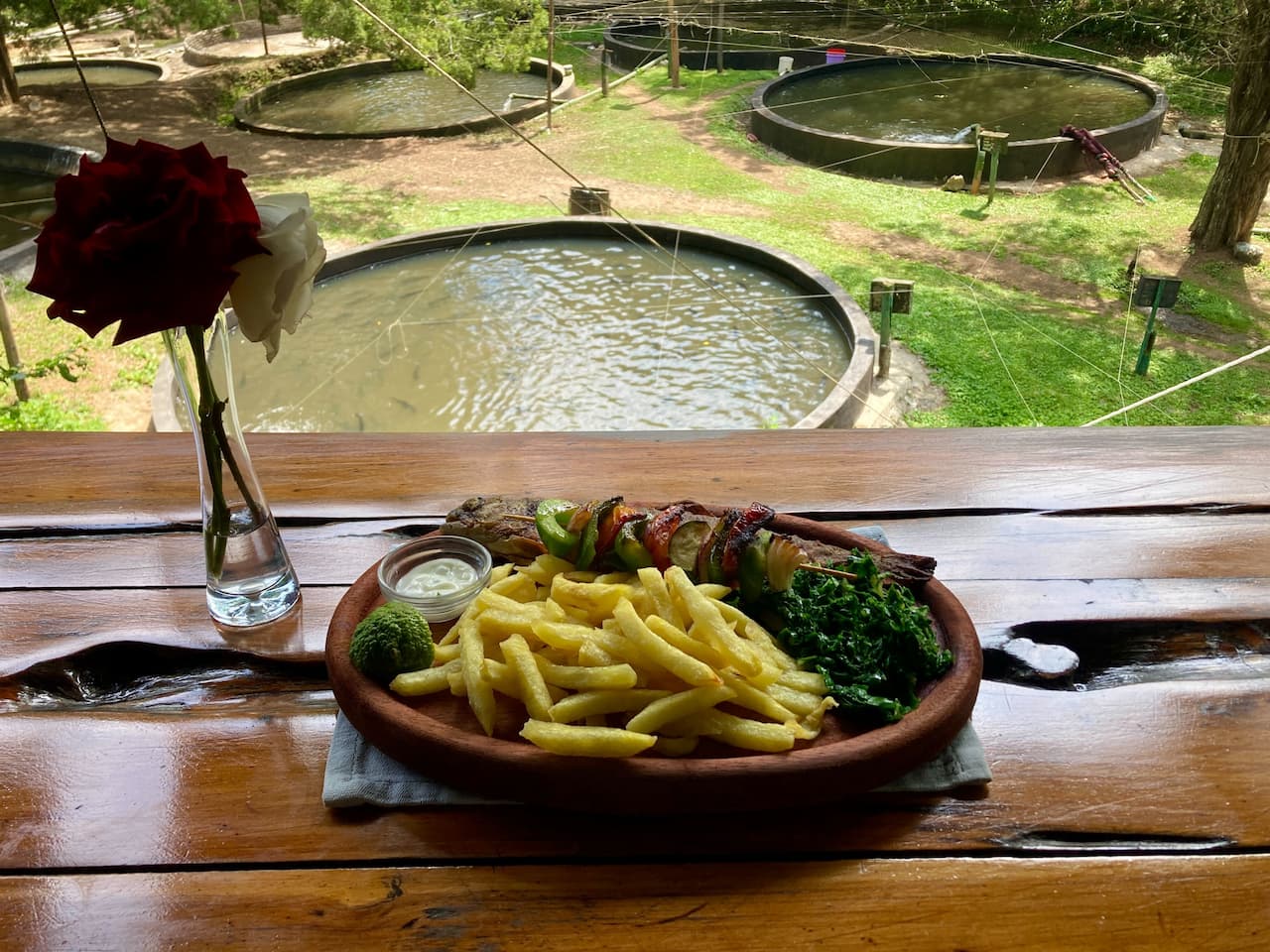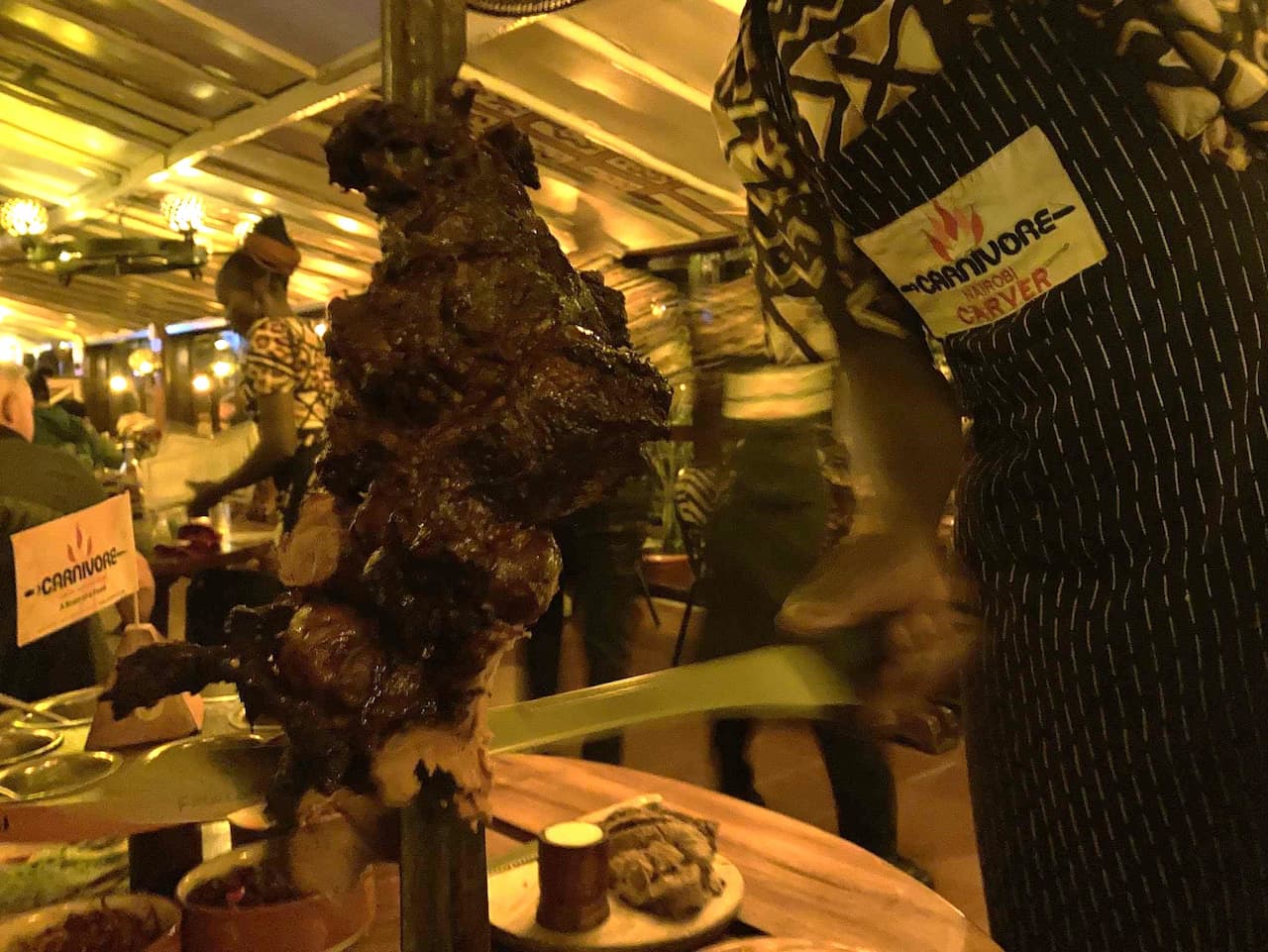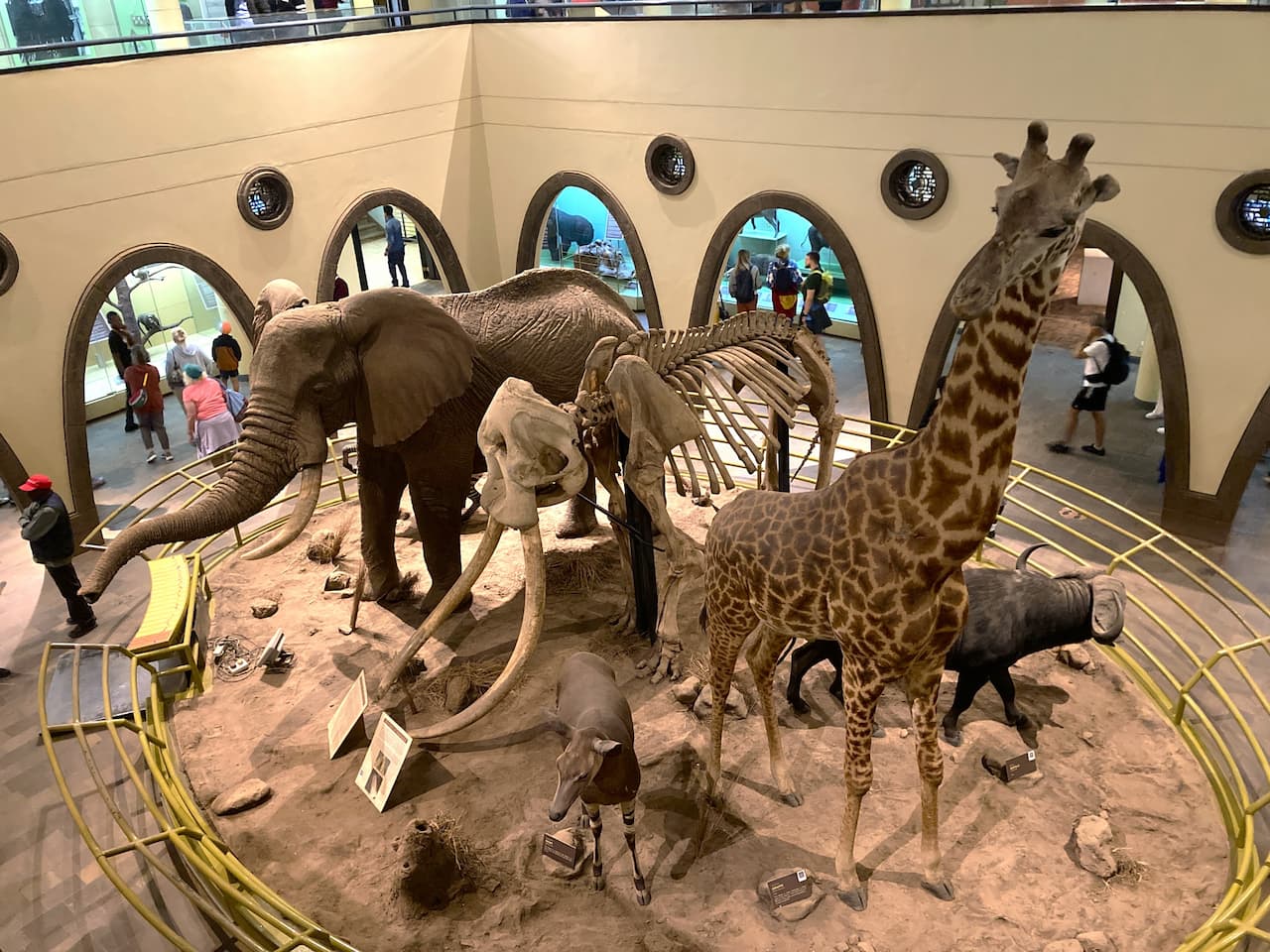Kilimanjaro is a lonely snow-capped mountain near the equator. The highest mountain on the African continent (5,895 m), it is more than just a mountain, it is a dream, a legend, and a life-changing presence for many. Located in northern Tanzania, this majestic mountain has been depicted in literary works, attracts adventurers, and continues to attract climbers from all over the world, from beginners to veterans.
Walking through five climatic zones, a microcosm of circumnavigating the globe
One of the most amazing features of Kilimanjaro is that you can experience almost every climate zone on Earth from a single mountain. It starts in the equatorial rainforest, then heath moorland, alpine desert and finally into the polar glacial belt. During the 5 to 9 days of climbing, you can experience a spectacular climate change, as if you were traveling from the equator to the Arctic Circle.
Particularly impressive is the mysterious scenery lined with giant senecios. It is so strange that it could be mistaken for the shooting site of the movie "Alien". In addition, the view from the top of the mountain, where you can see the glacier illuminated by the morning sun and the far-reaching land of Africa, will leave you speechless.
The world's highest peak that is easy to climb, a 5,000m peak that can be climbed on foot
Kilimanjaro is called "the highest peak in the world that can be climbed on foot". It doesn't require any technical climbing skills or special equipment, and as long as you have a strong will and the right physical fitness, even those with little climbing experience have a chance to reach the top.
That said, its altitude is not to be underestimated. At altitudes above 5,000 meters, the amount of oxygen is about half that of flat land. Therefore, although about 30,000 people take on the challenge every year, it is said that only about 65% actually reach the summit. Adhering to the guide's motto "Pole Pole" (Swahili for "slow, slow") and getting enough altitude acclimatization is the key to success.
Six routes, each with its own charm
There are six main climbing routes in Kilimanjaro, each with its own characteristics:
- Marangu Route : The shortest and most direct route. The accommodation is a mountain hut.
- Machame Root : A scenic route nicknamed the "Whiskey Route".
- Longai Route : Characterized by gentle slopes with the highest success rate.
- Laemsholut : It is quiet and there are few people, and there is a possibility of encountering wild animals.
- Umbwerut : The most varied landscape, approached from the west.
- Northern Loop Route : The longest route, with excellent landscape diversity and altitude acclimatization.
For beginners, we recommend the Longai route, which takes 7 to 8 days to climb. It is said to have a high success rate because it allows enough time to acclimatize to altitude. On the other hand, if you are an experienced person and want the beauty of the scenery, the Machame route is popular.
A true adventure begins with preparation
To climb Kilimanjaro, you must participate in a package tour. The cost varies depending on the time of year, route, and number of days, but is roughly $1,500 to $3,500. This includes park entrance fees (about $800), guides, porters, meals, and lodging.
The best time is the dry season from January to February and from July to September. Especially during the year-end and New Year holidays and the full moon season, you have the chance to see the glacier illuminated by the sunrise and moonlight at Uhuru Peak (the highest peak).
It is important to layer equipment that can handle a wide range of climates, from warm clothing for alpine cold regions to light clothing for the tropics. Rental is also possible, but it is essential to get used to mountaineering boots in advance.
Kilimanjaro as a journey of the mind
The essence of climbing Kilimanjaro is not just about standing on the summit, but about the process of getting there. The encouragement of local porters, the starry sky at the camp, the dialogue with yourself that pushes your limits... All of this will make for an unforgettable experience.
Depicted in Hemingway's classic "The Snows of Kilimanjaro," this legendary mountain still fascinates us today. In particular, due to climate change, the glaciers at the top of the mountain are rapidly shrinking, so it is attracting attention as a place to go now.
Kilimanjaro is not just a climb, but a journey of self-discovery. Guided by a guide who will greet you with a smile and a "jumbo" (hello), the journey from the land of Africa to the sky will surely create a new peak in your life.



